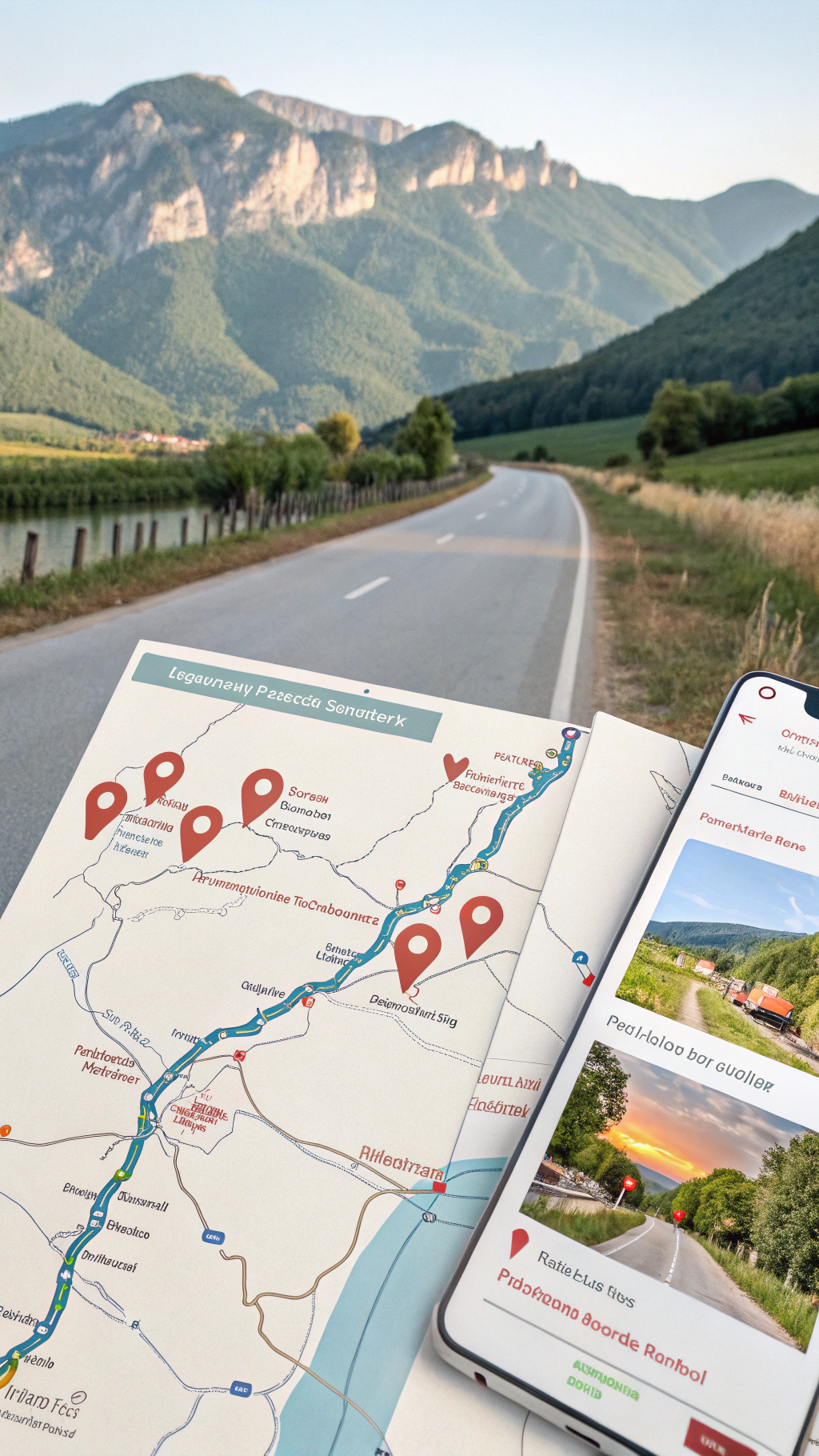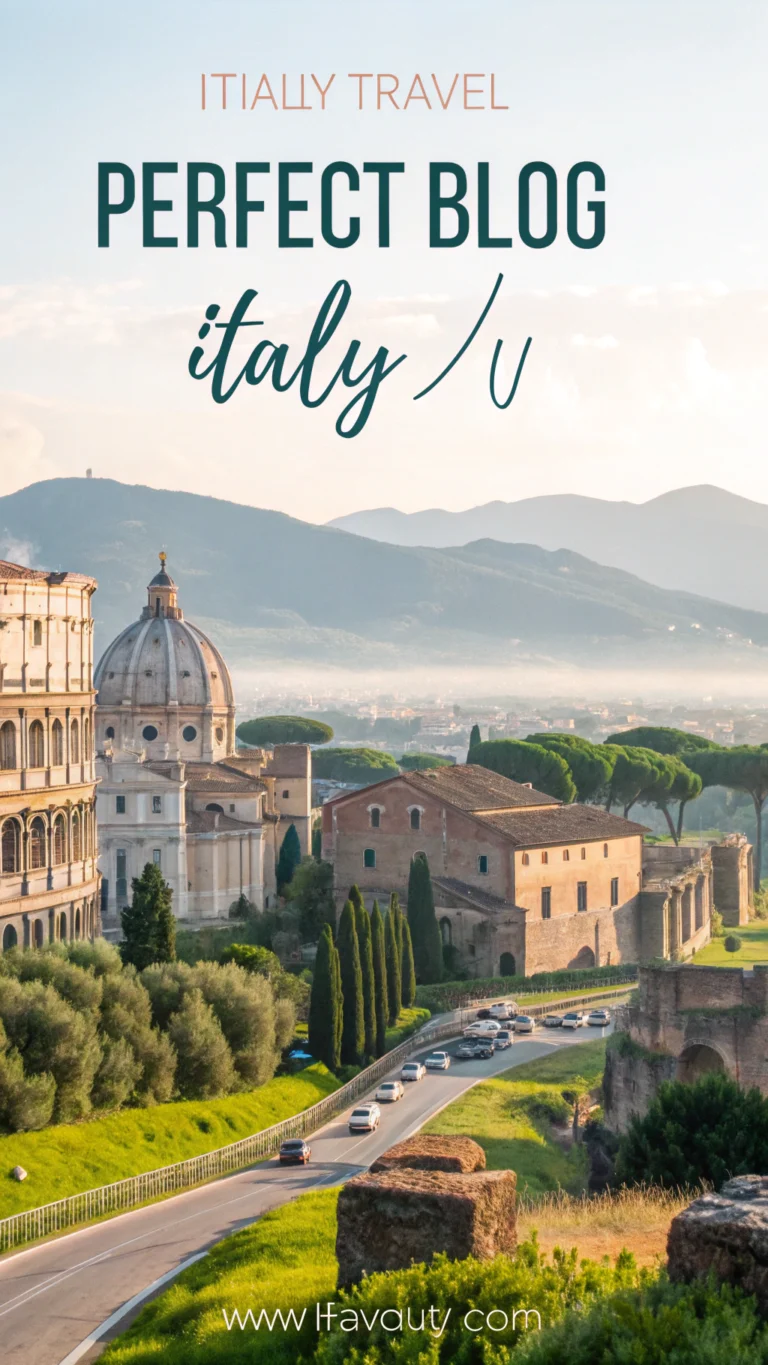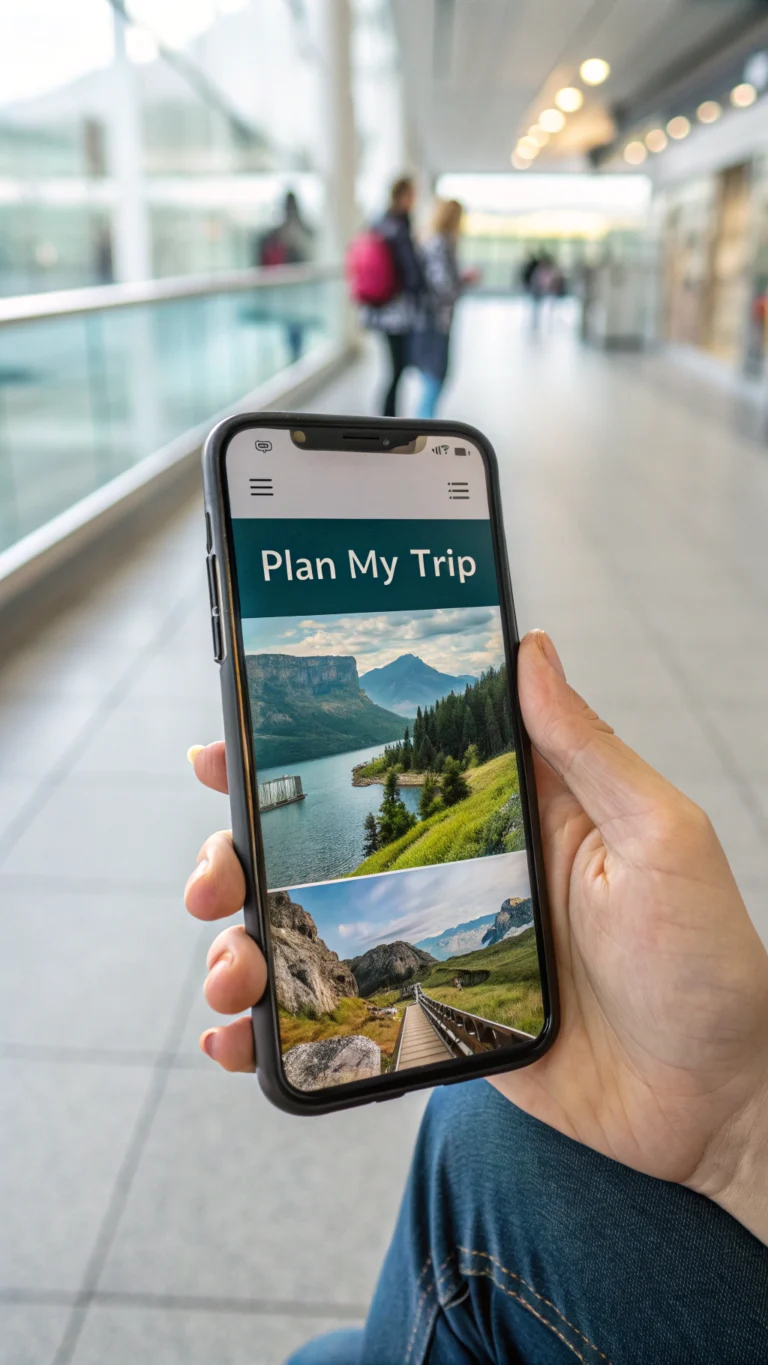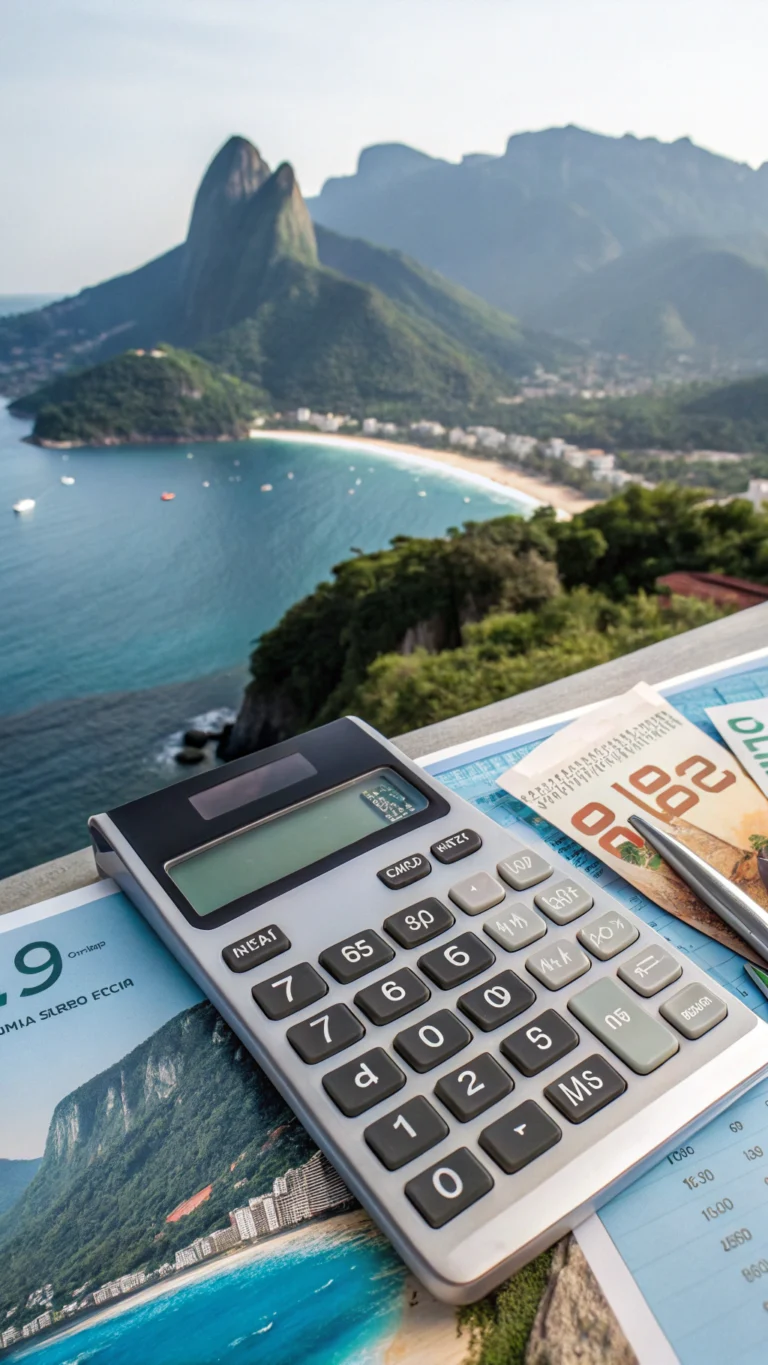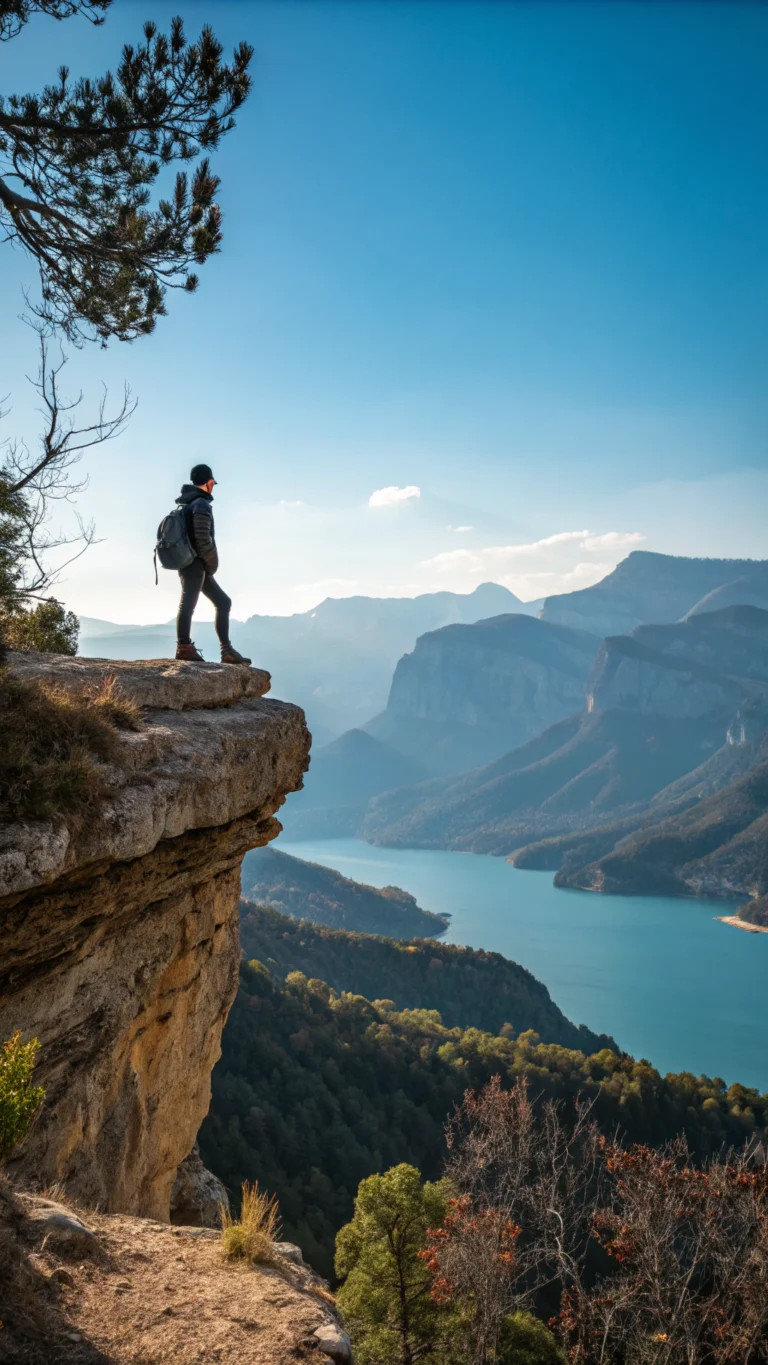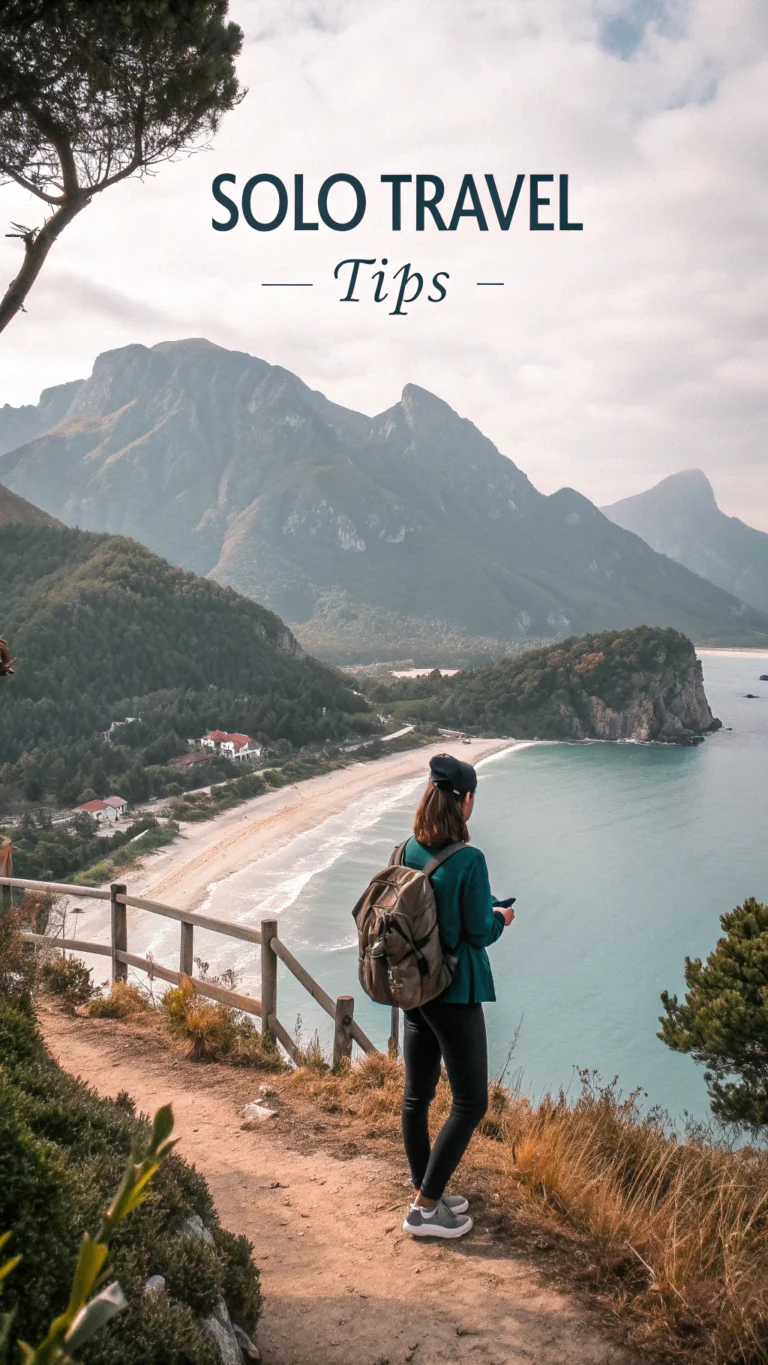Map-Based Trip Planner: 5 Best Routes for Your Next Adventure
Table of Contents
Introduction
Did you know that when 78% of passengers plan their itineraries ahead of time, they feel more confident and have a better time traveling? Surprisingly, though, only 34% of travelers really optimize their trips using a map-based trip planner. Having well-mapped routes may make your trip from stressful to amazing, whether you’re traveling across the nation or visiting a new city. The correct planning tool does more than just get you from point A to point B; it also reveals local favorites, picturesque detours, and hidden jewels that ordinary tourists completely overlook.
This article will cover five outstanding routes that demonstrate the value of careful map-based preparation, along with insider advice to make your next journey even better.
Destination Overview
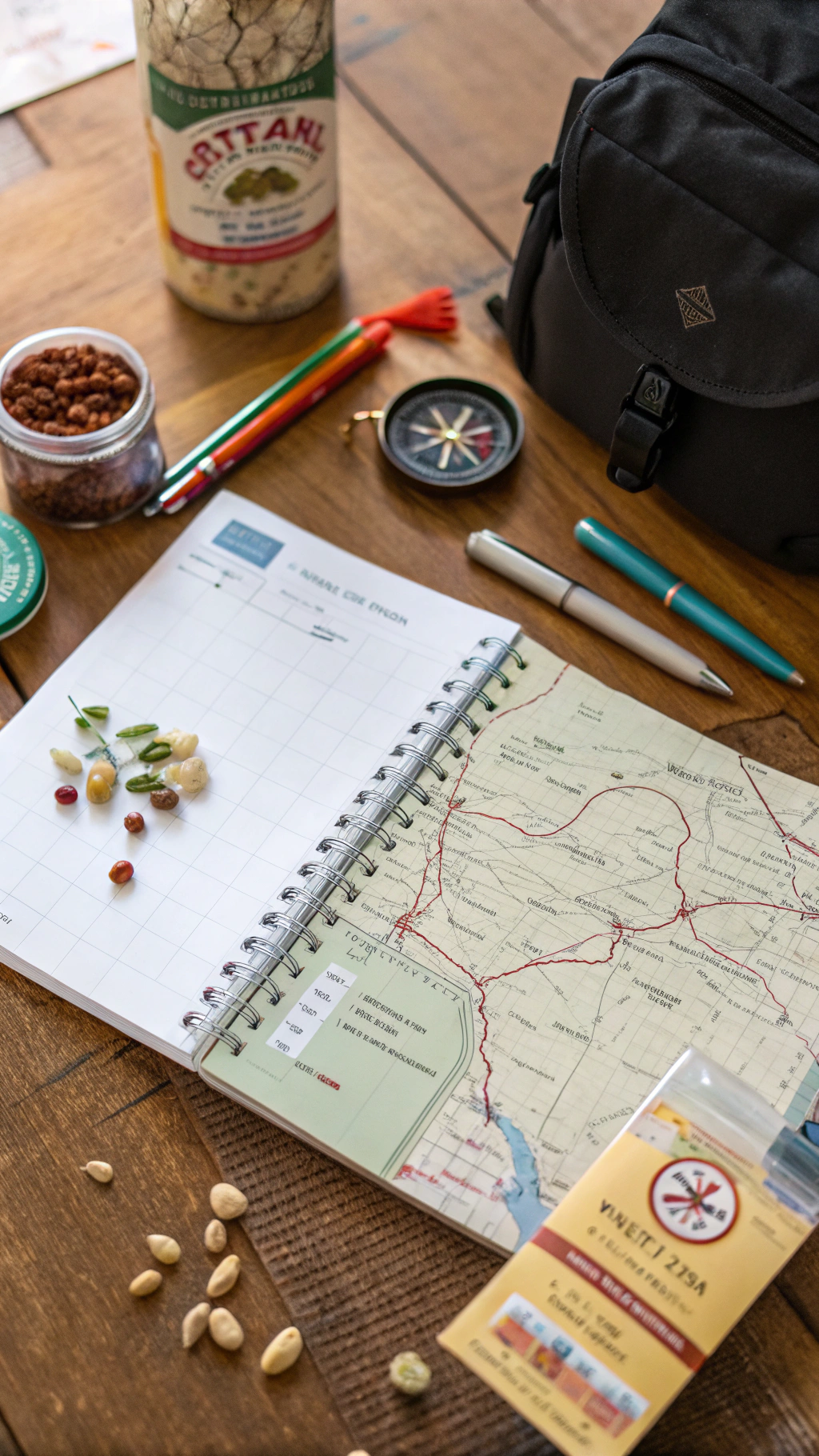
The ideal travel path can be more than simply a way to get to your destination; it can become the highlight of your trip, from winding coastal routes to stunning mountain vistas. Travelers can find routes that maximize every mile by balancing experience and efficiency with a map-based trip planner.
Regionally, the optimum times to travel these roads vary: summer (June–August) is the greatest season to travel northern routes, such as the Pacific Coast Highway, while spring (March–May) and fall (September–November) provide pleasant weather and less travelers for trips through the desert and the south. Travel statistics show that booking at least two to three months in advance can result in up to 23% savings on lodging along well-traveled, picturesque routes.
Travel Itinerary
Route 1: Pacific Coast Highway (3 Days)
Day 1: San Francisco to Monterey (125 miles)
- Morning: Golden Gate Bridge photo stop and breakfast at Fisherman’s Wharf
- Afternoon: Half Moon Bay exploration and seafood lunch
- Evening: Arrive in Monterey, visit the famous Aquarium (save $5 with online tickets)
Day 2: Monterey to San Luis Obispo (150 miles)
- Morning: 17-Mile Drive through Pebble Beach (worth the $10.75 entrance fee)
- Afternoon: Big Sur coastal views and McWay Falls hike (1 hour shorter if you start before 10 am)
- Evening: Arrive in San Luis Obispo for dinner on Higuera Street
Day 3: San Luis Obispo to Santa Barbara (100 miles)
- Morning: Pismo Beach relaxation and dune exploration
- Afternoon: Wine tasting in Santa Ynez Valley (groups of 4+ save 15% at most vineyards)
- Evening: Sunset dinner on Santa Barbara’s Stearns Wharf
Route 2: Blue Ridge Parkway (5 Days)
Day 1-2: Virginia Highlands
- Key stops: Peaks of Otter, Mabry Mill, Blowing Rock
- Pro tip: The northern section is 28% less crowded on weekdays
Day 3-5: North Carolina Mountains
- Key stops: Linville Falls, Mount Mitchell, Asheville
- Pro tip: This route saves you over 3 hours compared to taking I-81 and I-40
Must-See Attractions
The magic of a well-planned route is discovering attractions that align perfectly with your interests. Using a map-based trip planner allows you to layer your personal preferences over geographical data.
For Route 3, the Grand Canyon Loop, don’t miss:
- Horseshoe Bend (arrive 1-2 hours before sunset for optimal lighting and 40% fewer crowds)
- Antelope Canyon (book guided tours at least 2 months in advance)
- Grand Canyon South Rim (the Desert View Drive is 22 miles long and features 6 panoramic viewpoints)
- Sedona’s Red Rock State Park (the Devil’s Bridge trail offers the best photo opportunities)
- Flagstaff’s Lowell Observatory (45% of visitors rank this as an unexpected highlight)
For Route 4, the New England Fall Foliage Trail, prioritize:
- Vermont’s Green Mountain Byway (peak colors typically appear the first two weeks of October)
- Kancamagus Highway in New Hampshire (ranked as the #1 fall foliage route by 76% of leaf-peepers)
- Acadia National Park’s Park Loop Road (7-day passes cost $30 per vehicle but cover all passengers)
Where to Stay
Pacific Coast Highway
- Budget: Cambria Beach Lodge ($120-160/night, perfect for solo travelers)
- Mid-range: Monterey Plaza Hotel ($250-350/night, ideal for couples)
- Luxury: Post Ranch Inn, Big Sur ($900+/night, worth the splurge for honeymooners)
Blue Ridge Parkway
- Best value: Asheville’s Biltmore Village area offers accommodations 15-20% cheaper than downtown with easy access to both the city and parkway
- Most atmospheric: Pisgah Inn (rooms book up to 12 months in advance for October)
Pro tip: Book accommodations that fall approximately 2-3 hours of driving time apart to maximize sightseeing while minimizing exhaustion.
Food & Local Cuisine
Every great route has signature dishes worth stopping for:
Route 5: Southwest Desert Journey
- New Mexico’s green chile stew (Santa Fe’s Shed Restaurant consistently ranks #1)
- Arizona’s Navajo tacos (Cameron Trading Post makes them authentically)
- Utah’s honey-lavender ice cream (at Hell’s Backbone Grill in Boulder)
Dietary Accommodations:
- Vegan travelers will find the most options in larger stops like Santa Fe and Sedona
- Gluten-free travelers should download the FindMeGlutenFree app, as options become limited in rural areas
Travel Tips & Essentials
A map-based trip planner becomes truly powerful when combined with strategic preparation:
- Download offline maps before departing (80% of scenic routes have cellular dead zones)
- Carry a paper map as backup (recommended by 93% of experienced road trippers)
- Schedule gas stops every 200 miles, regardless of your tank size
- Build in an extra 25% of travel time for unexpected discoveries
- Use the GasBuddy app to find the cheapest fuel (can save up to $50 on a weeklong trip)
Common Mistakes to Avoid
- Overpacking the itinerary: 67% of travelers regret trying to see too much in too little time
- Ignoring seasonal factors: The Pacific Coast Highway often experiences fog in June, reducing visibility at key viewpoints
- Missing reservation windows: Popular accommodations along the Blue Ridge Parkway often book 6-9 months in advance
- Relying solely on Google Maps: Specialized apps like Roadtrippers provide scenic route alternatives that standard navigation misses
Budget Breakdown
Average daily costs for a couple traveling these routes:
- Pacific Coast Highway: $350-450 (accommodation $200, food $100, attractions $50, gas $50)
- Blue Ridge Parkway: $250-350 (accommodation $150, food $75, attractions $25, gas $50)
- Grand Canyon Loop: $300-400 (accommodation $175, food $75, attractions $75, gas $75)
Travel during shoulder seasons (April-May or September-October) to save approximately 20-30% on accommodation costs.
Final Thoughts
From winding coastal routes to breathtaking mountain vistas, the perfect travel route can be more than just a means of getting to your destination; it can become the highlight of your journey. With a map-based trip planner, travelers can choose routes that balance efficiency and experience, making the most of every mile.
Regionally, the best times to travel these roads differ: for trips through the desert and the south, spring (March–May) and fall (September–November) offer pleasant weather and fewer travelers, while summer (June–August) is the best time to travel northern routes, like the Pacific Coast Highway. According to travel statistics, reservations made at least two to three months in advance can save up to 23% on accommodations along popular, scenic routes.
FAQs
How far ahead of time should I schedule my route-based travel?
Plan three to six months in advance for major scenic routes, particularly if you’re going during the busiest times of the year (fall for New England, summer for other routes).
Which app is best for organizing road trips with multiple stops?
While Google Maps is good for the essentials, more advanced route optimization and discovery features can be found with specialized applications like Roadtrippers, TripIt, or the Tripetravel map-based trip planner.
To what extent do mapping programs accurately depict driving times?
They underestimate scenic drives by 25–40% since they don’t take into consideration photo stops, overlooks, and the slower pace of enjoying the travel, but they are usually correct for straight routes.
When is the best time of day to drive a picturesque route?
The majority of seasoned road trippers advise keeping daily driving to four to five hours so that the remaining daytime hours can be spent exploring and having fun.
How can I locate interesting locations that aren’t tourist traps?
Add information from local sources to your map planning by using applications that highlight places with strong local interaction or by searching social media for places that are more often tagged by residents than by visitors.

